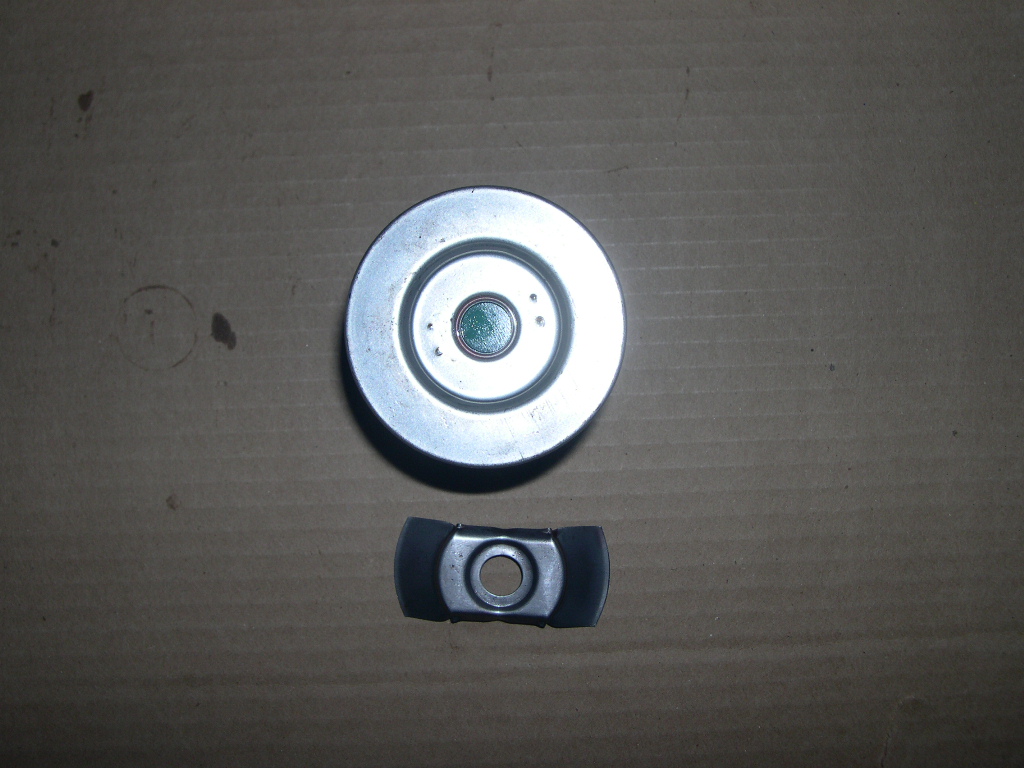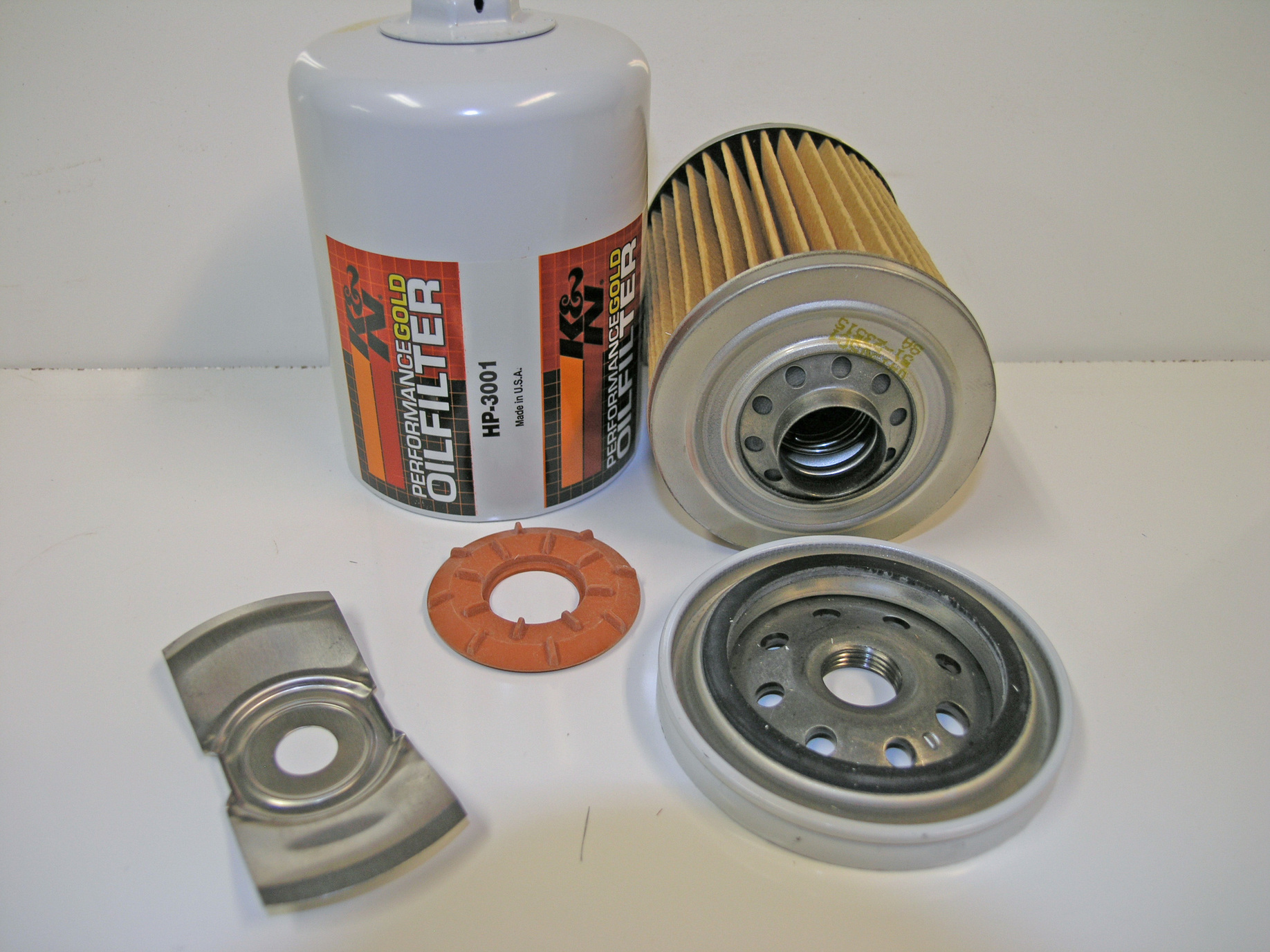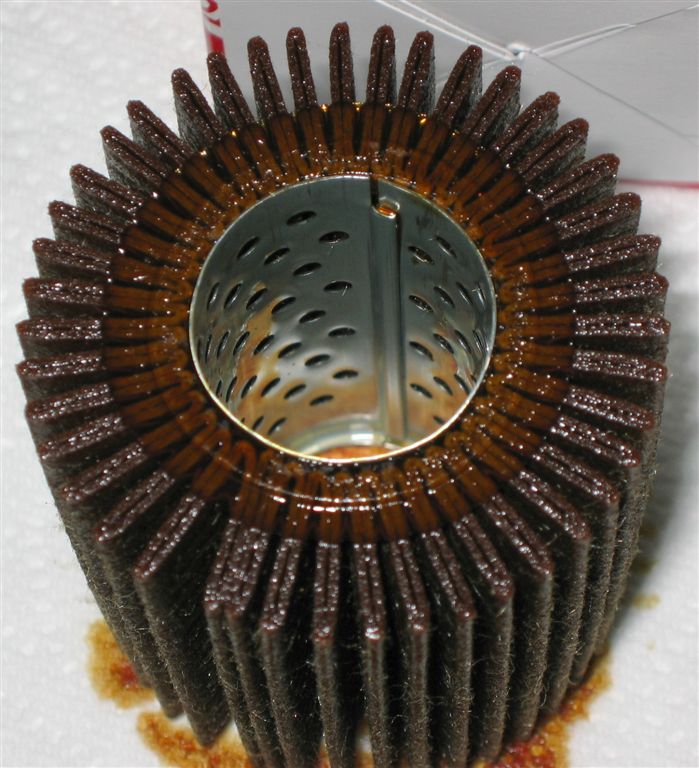Revised October 2005
Technical Service Bulletin 89-5R3
The Micron Rating for Media in Fluid Filters
A micron rating for a fluid filter is a generalized way of indicating the ability of the filter's media to remove contaminants by the size of particles it is exposed to. The micron rating does not properly or fully describe either the efficiency or the contaminant-holding capacity of the filter media. ENGINE AIR FILTER MEDIA IS NOT RATED BY MICRON SIZE. (Refer to TSB 04-3, Air Filter Life and Efficiency Ratings)
What does the word micron mean? The word micron is another term for micrometer (1 millionth of a meter). A micrometer is a unit of linear measure in the metric system used to measure distance from one point to another. It is used like the inch, foot, centimeter and millimeter to measure length, width or diameter of objects. Its scientific notation is μ. Some linear equivalents are 1 inch is 25,400 microns and 1 micron is .000039 inches. Some comparative sizes are:
Diameter of average human hair 70 microns
Lower limit of visibility (naked eye) 40 microns
White blood cells 25 microns
Talcum powder 10 microns
Red blood cells 8 microns
Bacteria 2 microns
Carbon black 0.6 microns
Tobacco smoke 0.5 microns
A filter that is marked or rated "10 micron" has some capability to capture particles as small as 10 micrometers. However, when you see a filter marked "10 micron", you do not know exactly what this means unless you also have a description of the test methods and standards used to determine the filter rating. The results from the different test methods may not be comparable as their methodology varies greatly.
The two most popular reported media ratings are a nominal micron rating (50%

and an absolute micron rating (98.7%). A nominal rating usually means the filter's media can capture a given percentage of particles of a stated size. For example, a filter might be said to have a nominal rating of 50% for particles 10 micrometers in size or larger. An absolute micron rating can be determined by single-pass or multi-pass testing and is usually obtained by passing a test fluid containing particles of a known size through a small, flat sheet of filter media. Any particles that pass through the media are captured and measured. An absolute rating is also expressed in the form of a percentage of the size of particles captured.
Until recently, there has not been one universally accepted test method to measure or describe the media pore size or the size of particles a filter media can capture and hold. Depending on which test method was used, the same filter media could be rated with different micron ratings, thus leading to confusion regarding how well the filter's media actually performs. Fortunately, there now exists a test procedure called multi-pass testing or Beta ratio testing (β

which is, a universally accepted test method that yields readily comparable test results. Multi-pass testing has been recognized by SAE (SAE J1858), ISO (ISO 4548-12, lube oil and ISO16889, hydraulic or fuel), ANSI (American National Standards Institute) and NFPA (National Fluid Power Association).
Multi-pass testing uses a specified contaminant, of known sizes, added regularly in measured quantities to the fluid which is pumped continuously through the filter. Measured samples of fluid are then taken at timed intervals from the upstream and downstream sides of the filter. The contaminant in the samples is measured for particle sizes and quantities of each size or range of sizes. From these upstream and downstream measurements, a Beta ratio is formulated by dividing the number of particles of a particular size in the upstream flow by the number of particles of the same size in the downstream flow. For example:
βx = # of Particles Upstream/# Particles Downstream
β10 = 1000/500 -or- β10 = 2
β stands for Beta
X represents the size of particle checked
X(c) per ISO 16889
In this example, the equation provides the following information: regarding 10- micrometer or micron size particles, the filter media tested has a Beta ratio of 2. This information is helpful but not useful without knowing what the ratio actually means. To translate the Beta ratio into meaningful information, subtract 1 from the original ratio and divide that answer by the original ratio. This answer represents the efficiency of the media at the specified particle size. For this example, take the Beta ratio of 2, subtract 1 from it and divide that answer by the original ratio of 2 or 2 - 1 = 1 ÷ 2 = 50% efficient at removing 10-micrometer or micron size particles. This formula is used to translate any Beta ratio into a percent efficiency at removing the size of particle tested. Here are a few Beta ratios and their corresponding efficiencies:
Beta Ratio ---- Efficiency
2........................50%
10......................90%
20......................95%
75......................98.7%
100....................99%
200....................99.5%
1000..................99.9%
Beta ratio information can also be stated as β 5/10/20 = 2/20/75. In this example, the media tested removed 50% of 5-micrometer or micron size particles, 95% of 10-micrometer or micron size particles and 98.7% of 20-micrometer or micron size particles presented to it. This same ratio information can also be stated as β 2/20/75 = 5/10/20. Both equations state the same information in two different ways and are both accepted by the industry.
Multi-pass testing provides an accurate, universally accepted, comparable test method to describe the efficiency of a media's ability to remove certain size contaminants. It can also determine the total contaminant holding capacity of the filter as well as some of its differential pressure capabilities. Its use eliminates the inaccuracies and confusion caused by the use of "micron ratings". For further information, see TSB 97-1R1, Hydraulic Filter Performance Criteria and TSB 04-2R1, ISO Updates to Multi-pass Liquid Filter Test Procedures.
For additional information, contact:
Filter Manufacturers Council
P.O. Box 13966
Research Triangle Park, NC 27709-3966
Phone: 919/406-8817 Fax: 919/406-1306
www.filtercouncil.org
Administered by Motor & Equipment Manufacturers Association


















